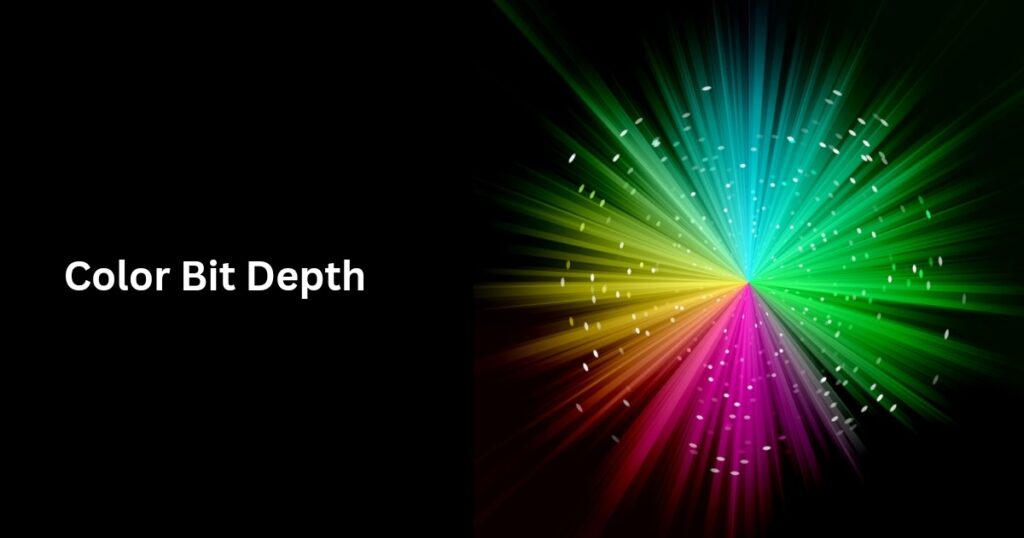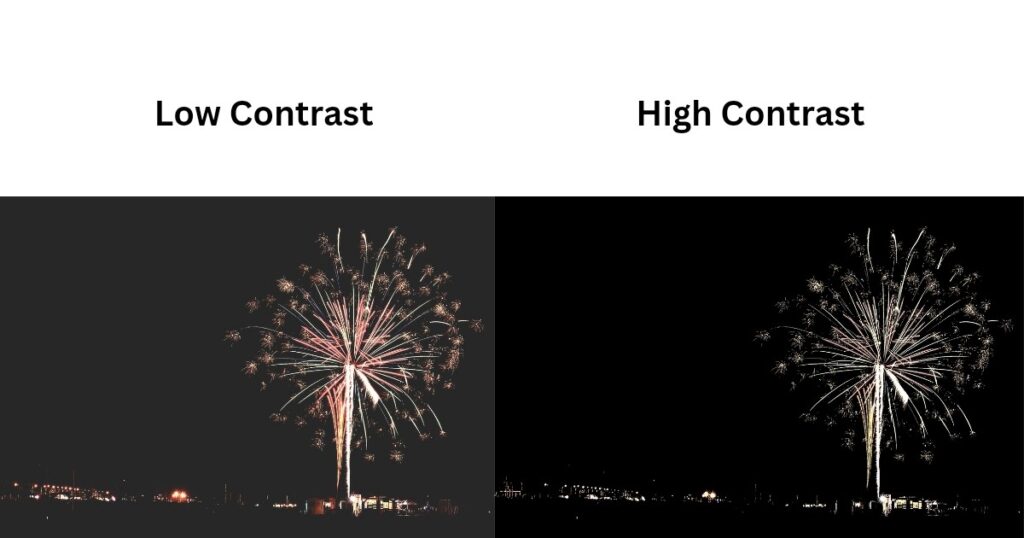QLED vs OLED: Which TV offers the best gaming experience?

QLED vs OLED: Which TV offers the smoothest gaming experience for PS5, PS5 Pro, or Xbox Series X?
For gaming, some of the most important features in a TV include fast response with low input lag, high native refresh rate with VRR (Variable Refresh Rate), and strong HDR performance with good reflection handling.
Let’s discuss them one by one.
Refresh Rate and VRR
Refresh rate refers to how many frames per second a TV can display. Generally, high end QLED and OLED TVs offer high refresh rates.
A refresh rate between 120 Hz and 144 Hz is ideal for displaying most of the fast-paced games with clarity and smooth motion.
Variable Refresh Rate (VRR) allows the TV to dynamically adjust its frame rate to match the frame rate output of the gaming console or PC.
This helps eliminate screen tearing, resulting in a smoother and more responsive gaming experience.
Input Lag
Input lag is the delay between when you press a button on your controller or gaming console and when the action appears on the TV screen.
A low input lag is essential for seamless gaming, especially in fast-paced or competitive games.
TVs with low input lag allow you to play smoothly on modern gaming consoles like the PlayStation 5 or Xbox Series X, providing an immersive gaming experience.
Most of the premium QLED and OLED TVs come with low input lag, typically ranging between 10ms to 15ms, which is ideal for smooth and responsive gaming.
However, the key differences in gaming performance between QLED and OLED TVs primarily lie in their response time and overall HDR performance.
Response Time
Response time refers to how quickly a pixel on a screen can change from one color or intensity to another—for example, shifting from bright red to light blue.
The shorter the response time, the faster the pixels can transition, resulting in smoother motion and less blur in fast-moving visuals.
Consider a fast-paced game where the on-screen image updates every millisecond.
To keep up, the TV’s pixels must respond rapidly. If they don’t, motion blur or ghosting can occur, which hampers the visual experience.
In a QLED TV, light originates from an LED backlight and travels through multiple LCD layers and quantum dot filters before it reaches the screen.
This may introduce slight delays in how quickly pixels respond to changes.
As a result, QLED TVs generally have a response time of around 5 milliseconds or more, which is adequate for most uses but may be noticeable during ultra-fast content like high-frame-rate gaming.
In contrast, OLED TVs use self-emissive pixels, meaning each pixel produces its own light and can change its color and brightness independently.
Because they don’t rely on a separate LED backlight, quantum dots, or multiple LCD layers like QLED TVs do, OLED pixels can respond much faster.
As a result, OLED TVs achieve response times as low as around 0.1 milliseconds, offering near-instantaneous transitions between frames.
This ultra-fast response makes OLED TVs ideal for fast-paced action scenes or competitive gaming, delivering smooth and fluid visuals with minimal motion blur.
You’ll also experience less screen tearing compared to QLED TVs, whose relatively slower response can struggle to keep up with rapid changes.
HDR Performance and Reflection Handling
Games become far more immersive when highlights pop, colors are vivid, and subtle details in shadows and bright areas come through clearly, especially in HDR-supported titles.
OLED TVs excel at HDR performance due to their ability to produce true blacks.
Since each pixel can turn off completely, contrast is nearly infinite.
This makes gaming in a dark room an outstanding experience, with deep shadows and bright highlights bringing each frame to life.
However, standard OLED TVs can struggle in bright rooms, as their peak brightness levels may not always be high enough to overcome glare or reflections.
This is where QD-OLED TVs (Quantum Dot – OLED) step in. They combine the self-emissive pixel technology of OLEDs with quantum dots, which enhance brightness and color accuracy.
As a result, QD-OLEDs offer:
- Inky blacks like OLED
- Higher peak brightness to combat glare
- Wider color gamut and more vibrant HDR highlights
This makes QD-OLED TVs ideal for both dark and bright room gaming, with HDR visuals that are not only bright and punchy but also rich and detailed.
On the other hand, a QLED TV uses an LCD panel with an LED backlight, enhanced with a quantum dot layer for improved color accuracy and brightness.
However, because it relies on a backlight rather than self-emissive pixels (like in OLED TVs), it cannot achieve true black levels.
Instead, blacks in a dark scenes may appear greyish.
This may also lead to blooming, a halo effect around bright objects against dark backgrounds due to light from the backlight bleeding into adjacent areas.
QLED TVs use a technique called local dimming, where the backlight is divided into multiple dimming zones.
Each zone can be dimmed or brightened independently to improve contrast and black levels.
However, the number of these dimming zones varies significantly between models.
TVs with more zones can control light more precisely, resulting in better contrast, reduced blooming, and improved HDR performance.
In contrast, TVs with fewer zones may suffer from imprecise lighting and limited dynamic range.
A QLED TV which uses a mini LED backlight, features thousands of tiny LEDs grouped into hundreds (or even a few thousands) of local dimming zones, allowing for much higher contrast and better control over light compared to QLED TVs with conventional full-array or edge-lit LED backlights.
This results in reduced blooming around bright objects in dark scenes and much deeper black levels, though still not as perfect as those seen on OLED panels, where each pixel can turn off individually.
The use of mini LEDs also enables the TV to achieve very high peak brightness, making it ideal for bright room viewing with no issue of glare and reflections.
Coupled with the quantum dot technology, which boosts color volume and accuracy, mini LED-based QLED TVs can deliver excellent HDR performance in well-lit environments.
However, when it comes to ultimate HDR quality, QD-OLEDs or some other bright OLED TVs still hold the edge.
They offer perfect black levels, pixel-level contrast, and exceptional viewing angles, with QD-OLEDs further enhancing brightness and color performance over traditional OLEDs.
Viewing Angles
OLED and QD-OLED TVs can control each pixel independently, which results in highly precise image delivery.
This also means the picture quality remains consistent regardless of your viewing angle, whether you’re sitting directly in front of the screen or off to the side.
Thanks to their wide viewing angles, OLEDs are excellent for multiplayer or group gaming, allowing everyone on the couch to enjoy the same vibrant visuals no matter where they sit.
In contrast, QLED TVs, which often use VA (Vertical Alignment) panels to achieve higher contrast, typically suffer from narrower viewing angles.
As a result, the image may lose color accuracy and brightness when viewed from the sides.
This limits the optimal viewing area and can impact the gaming experience if you’re not seated directly in front of the screen.
Which is the best gaming TV for PS5, PS5 Pro, or Xbox Series X: QLED or OLED?
A QD-OLED TV or a Micro Lens Array (MLA)-based OLED featuring a 144 Hz refresh rate or above, 4 HDMI 2.1 ports supporting at least 4K @ 144 Hz HDR gaming with VRR (Variable Refresh Rate), ALLM (Auto Low Latency Mode), and low input lag (around 10ms) offers one of the best gaming experiences available, whether you’re playing in a bright or dark room.
These TVs deliver bright, vibrant and punchy colors, ultra-fast response times leading to buttery-smooth motion and significantly reduce glare and reflections in a well-lit room.
However, great features come at a great price too.
A traditional OLED TV, while slightly behind QD-OLED in terms of peak brightness and color vibrancy, still remains an excellent choice for gaming, especially in dark room environments.
It offers fluid performance, deep blacks, and excellent response, making it a strong second-best option.
At last, if your budget doesn’t stretch to an OLED, a QLED TV with a mini LED backlight is a great alternative.
It performs very well in bright rooms, delivering vivid and punchy highlights, although the blacks might look a bit greyish compared to OLED’s perfect blacks.
Because QLEDs generally have a slower response than OLEDs, you might notice some minor screen tearing during fast-paced gaming.
However, considering its price point, combined with strong peak brightness and decent contrast, a mini LED based QLED TV offers a good value for money.


